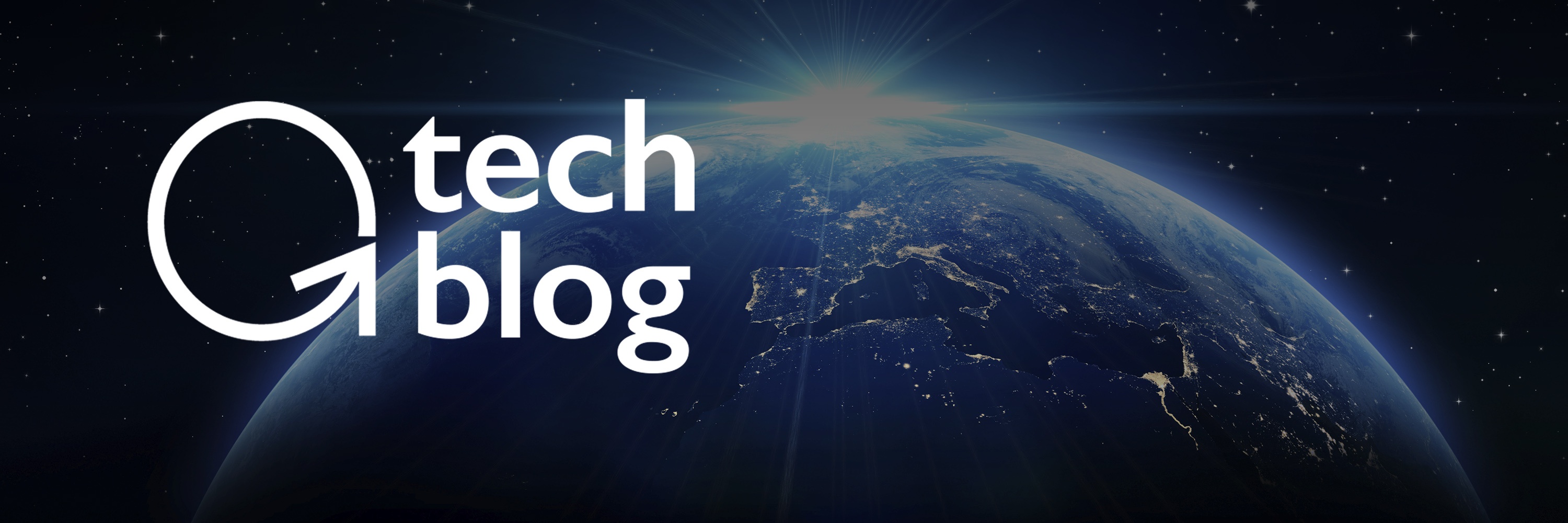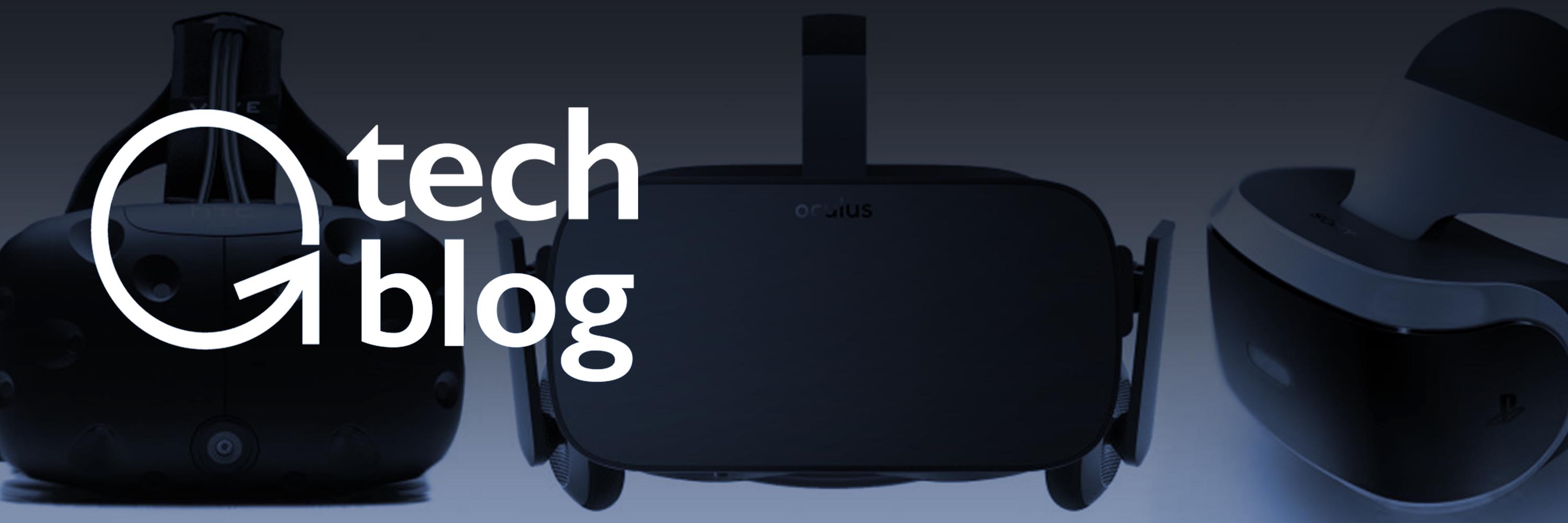
Want to become a billionaire? Then help a billion people.
The world’s biggest problems are the world’s biggest business opportunities.
That’s the premise for companies launching out of Singularity University (SU).
Allow me to explain:
In 2008, Ray Kurzweil and I co-founded SU to enable brilliant graduate students to work on solving humanity’s grand challenges using exponential technologies.
This week we graduated our sixth Graduate Studies Program (GSP) class.
During the GSP, we ask our students to build a company that positively impacts the lives of 1 billion people within 10 years (we call these 10^9+ companies).
Historically if you wanted to touch a billion people, you had to be Coca Cola, GE or Siemens. Today you can be a guy and gal in a garage.
I’d love to share with you some of SU’s most interesting 10^9+ companies from the past six summers and some of the new ideas presented from the latest class.
Some great SU 10^9+ Companies
Over the past years, here are some of the exciting companies that have developed out of SU:
1. Matternet: Matternet is building a network of drones (UAVs) to transport goods in places with inefficient or nonexistent road infrastructure (think Africa). Matternet’s drones can carry 2kg packages such as vaccines, medicine, replacement parts or other critical goods for transportation in the developing world. Sound like Amazon Prime? Yes, but Matternet was founded 2 years earlier.
2. Modern Meadow: Modern Meadow uses stems cells and 3D printing to create “leather” and “meat” products that no longer require animal slaughter. Such cultured meat massively reduces the amount of land (by 99 percent), water (by 96 percent) and energy (by 45 percent) needed in product, and reduces greenhouse gas emissions by 96 percent.
3. Cambrian Genomics: Cambrian Genomics makes the first hardware/systems for laser printing DNA. Presently, researchers in academia and industry order or clone over a billion dollars per year of DNA. Cambrian Genomics plans to deliver high quality sequence verified DNA to buyers in this existing/growing worldwide market.
4. BlueOak Resources: BlueOak extracts valuable metals (copper, silver, platinum, etc.) from discarded electronics (e-waste). Using existing scaled-up mining industry technologies, they capture value from the 40 million tons of e-waste that is landfilled or incinerated annually around the world, containing 70 billion dollars worth of precious and base metals.
5. Made In Space: This company has just launched the first zero-g 3D printer to the Space Station. Their hardware is able to manufacture materials and complex structures in weightlessness.
6. mirOculus: Cancer detection using microRNA biomarkers leading to the routine cancer screening will allow for early stage detection and prevention of millions of cancer deaths.
7. Organ Preservation Alliance: Transforming human organ availability through breakthroughs in cryo-preservation.
A few of this year’s 10^9+ Companies
This summer, the graduate students pitched over 20 new business concepts. Here are a few of the highlights:
1. Bibak: A drone-powered landmine detector that offers an effective, cheap and versatile way to autonomously detect live mines buried in the ground.
2. TriDom: A novel way to “print” full-sized homes and buildings by attaching a 3D printer to existing cranes. The kit would transform today’s crane into a fully functional, unconstrained printer, and allow builders to cheaply/quickly build houses.
3. Besense: Smart sensors built into women’s hygienic pads, able to measure STD’s, vitamin levels and biomarkers in menstrual blood to provide valuable health insights for women.
4. Mitera: A device that allows early cancer and disease detection from a single drop of saliva. The device uses carbon nanotubes and biomarkers to detect hostile cells. When used on a weekly basis, the device can monitor changes in the patient over time and develop personalized medical treatments based on the data.
Larry Page on Changing the World
While most of today’s entrepreneurs and VCs are thinking about the next great app, too few are working on solving humanity’s grand challenges.
In 2008, at SU’s founding conference, Larry Page stood up and made an impassioned speech that SU must focus on addressing the world’s biggest problems:
“I now have a very simple metric I use: are you working on something that can change the world? Yes or no? The answer for 99.99999 percent of people is ‘no.’ I think we need to be training people on how to change the world. Obviously, technologies are the way to do that. That’s what we’ve seen in the past; that’s what driven all the change.”
It’s about time we all started to think at this scale.
What problem are you solving? How many lives are you positively impacting? What can you do to make the world a better place?
Topics: Singularity University







